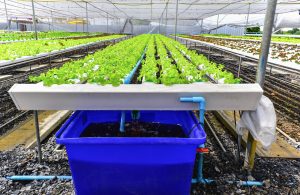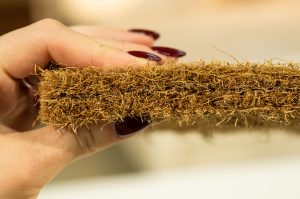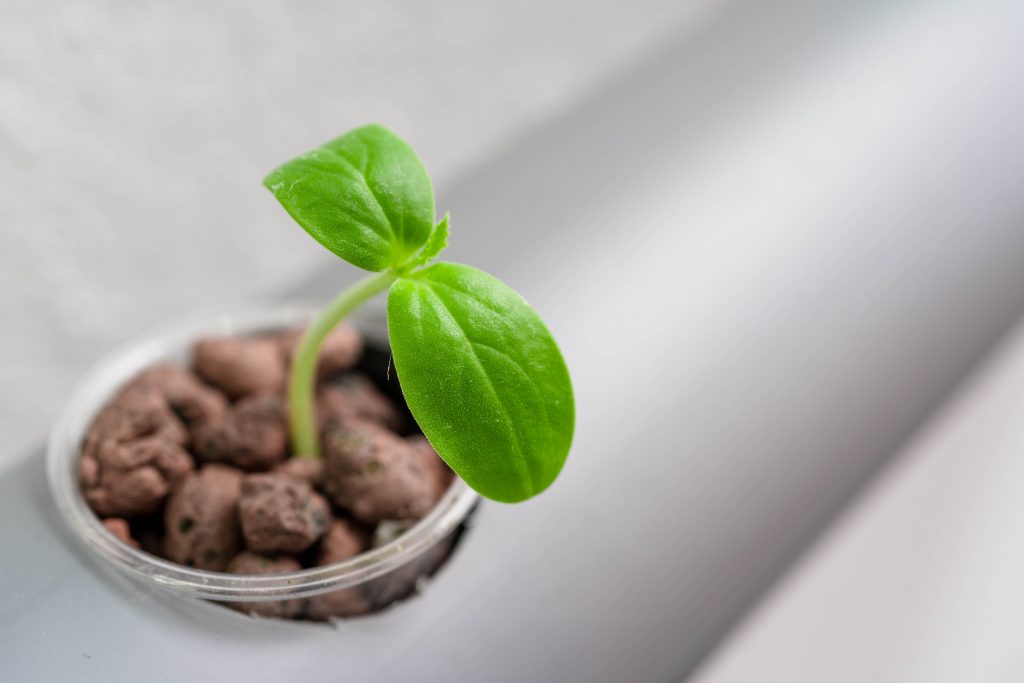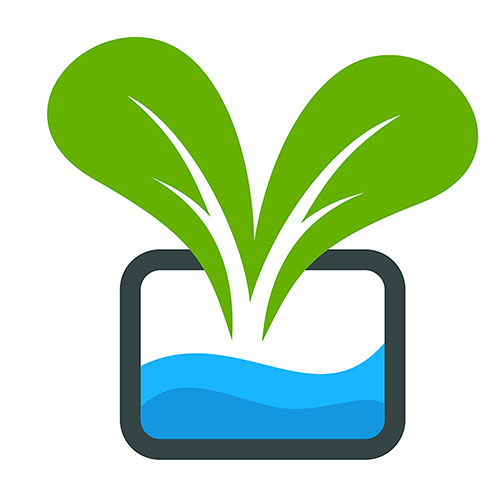Hydroponics is a method of gardening that has been gaining popularity over the years. It is a system that allows you to grow plants faster and more efficiently than standard gardening procedures and techniques.
If you are interested in hydroponics, this article will provide you with all the information you need to know about this innovative system.
Hydroponics is a type of gardening that does not use soil. Instead, it uses an inert medium, water, and nutrients to support the root system of the plants. This method of gardening allows the plants to grow more freely and stronger, resulting in faster and more efficient growth.

One of the main advantages of hydroponics is that it eliminates the need for soil. Plants grow by using photosynthesis, which uses the chlorophyll in their leaves to convert carbon dioxide and water into oxygen and glucose. This means that plants can grow without needing soil, as long as they have access to the necessary nutrients and water.
Hydroponics also allows you to grow plants in a controlled environment. This means that you can adjust the temperature, humidity, and lighting to create the ideal growing conditions for your plants. This can result in faster growth, higher yields, and better quality produce. There are several different types of hydroponic systems, including deep water culture, nutrient film technique, and drip irrigation. Each system has its own advantages and disadvantages, and it is important to choose the right system for your specific needs.

If you are interested in hydroponics, there are several things you can do to get started. First, you can research different hydroponic systems and decide which one is right for you. You can also purchase a hydroponic kit or build your own system from scratch. Once you have your hydroponic system set up you will need to select the plants you want to grow. Some plants are better suited for hydroponics than others, so it is important to do your research and choose the right plants for your system.
In addition to selecting the right plants, you will also need to provide your plants with the necessary nutrients and water. This can be done using a pre-mixed nutrient solution or by creating your own nutrient solution using individual nutrients.
Below is a video that takes you through the structure and benefits of a hydroponic system.
The overall purpose of growing hydroponically is that you are able to give your plants exactly what they need whenever they need it. I’ll explain how.
When you assemble the hydroponic system, you have a pump and hose that is allowing the water and nutrient solution to constantly run through the roots, or in a timed interval.
Since the plants will always have access to the H2O and nutrient solution, they will absorb whatever they need, whenever they need it.

Giving your plants total freedom and power to grow!
What is the Nutrient Solution Made Of?
The nutrient solution is typically made of plant needs that they would get from soil, and other aspects.
Plants typically have macronutrients and micronutrients. Which are nutrients that they need in both large and small amounts. However, both are essential.
For more information on what you need to add to the solution, click here!
Why Would You Want to use Hydroponics?
Hydroponics is a method of growing plants without soil, using nutrient-rich water instead. This technique has become increasingly popular in recent years, and for good reason. Here are some reasons why you might want to consider using hydroponics for your gardening needs.
No Soil Required
One of the biggest advantages of hydroponics is that it does not require soil. This means that you can grow plants in areas where soil is not available or is of poor quality. This is particularly useful for urban areas or areas with contaminated soil. Hydroponics also eliminates the need for weeding, tilling, and other soil-related maintenance tasks. Since there is no soil, the roots are exposed to more oxygen. Allowing them to grow stronger.
Faster Growth
Plants grown hydroponically tend to grow faster than those grown in soil. This is because the plants have direct access to the nutrients they need, without having to search for them in the soil. Additionally, the roots are exposed to more oxygen, which helps them grow stronger and faster. The growth rate on a plant grown hydroponically is 30-50% faster than a soil plant when they are grown in the same conditions.
Less Water Usage
Hydroponics uses significantly less water than traditional soil-based gardening. This is because the water is recirculated through the system, rather than being lost to evaporation or runoff. This makes hydroponics a more sustainable and eco-friendly option for gardening.

More Control
With hydroponics, you have complete control over the growing environment. This means you can adjust the nutrient levels, pH levels, and other factors to optimize plant growth. You can also grow plants year-round, regardless of weather conditions or seasonal changes.
Higher Yield
Because hydroponics provides plants with the nutrients they need in a controlled environment, they tend to produce higher yields than those grown in soil. This is particularly true for crops like tomatoes, peppers, and lettuce.
Since the plant has to use less energy to find and break down the food and nutrients, it can focus more of its energy on growing the fruit, vegetable, or whatever you chose to to grow and maintain.
Hydroponics is an innovative and efficient system for growing plants. It eliminates the need for soil and allows you to grow plants in a controlled environment, resulting in faster growth, higher yields, and better quality produce. If you are interested in hydroponics, there are several things you can do to get started, including researching different systems, selecting the right plants, and providing your plants with the necessary nutrients and water.

What Growing Mediums Can You Use?
Using a growing medium is to help support the the growth of the root system. It’s a guide that helps channel the water and nutrients.
The medium that you choose depends on the type of hydroponic system that you use.
For example, for flow type systems, you would want a fast draining medium such as Hydrocorn.

The water runs swiftly, and does not affect the pH of the nutrient solution.
Another medium is Rockwool. Rockwool is popular for these systems because 10-14 times as much water than soil does.
A disadvantage of Rockwool is that it can temper with your pH, since it has a pH of 7.8.Thus, possibly raising the pH of the nutrient solution. The best growing mediums for hydroponics depend on the specific needs of the plants being grown. Some popular options include rockwool, coconut coir, perlite, and vermiculite. Rockwool is a popular choice because it is sterile, easy to use, and provides good water retention. Coconut coir is another popular option because it is renewable and has good water retention. Perlite and vermiculite are both lightweight and provide good aeration for plant roots. Ultimately, the choice of growing medium will depend on the specific needs of the plants being grown, as well as the individual preferences of the hydroponic gardener.

For more information about Hydroponic and Aeroponic systems, check out our blogs!
Article Author: Hannah
